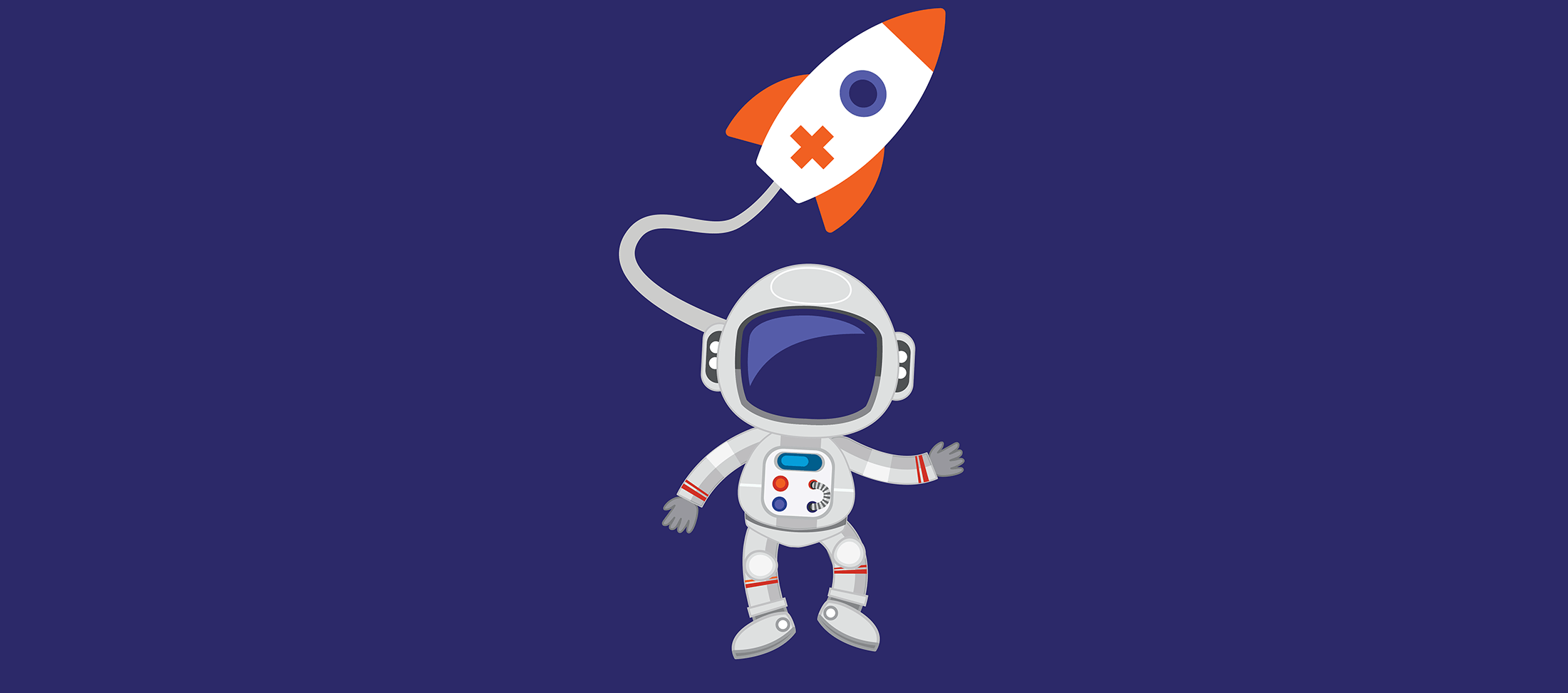Behavioral science describes the study of behavior through experimentation and observation. Behavioral scientists study when and why individuals engage in specific behaviors by examining the impact of factors such as conscious thoughts, motivation, social influences, contextual effects, and habits. This week, we will look at how reciprocity can be used in healthcare design and content.
________________________
Dear reader, have you ever wondered what could make you not want to drop a hotel towel on the floor after the first use? Well, a card in a hotel bathroom might do it if it were written the right way. My good friend, Robert Cialdini, and his colleagues investigated this (okay we aren’t really good friends, but a girl can dream, right?) by testing multiple different card appeals to see which would lead to the highest rate of behavior change. They found that neither the basic environmental-protection message urging us to save some no name penguin (although, feel free to name him whichever way you like) nor the message with cooperation appeal could hold a candle to a different kind of push – our need to reciprocate.
The most effective way to induce the desired response was to give the donation first then ask a guest to cooperate in this effort. The message with reciprocation appeal, giving first read:
“WE’RE DOING OUR PART FOR THE ENVIRONMENT. CAN WE COUNT ON YOU? Because we are committed to preserving the environment, we have made a financial contribution to a nonprofit environmental protection organization on behalf of the hotel and its guests. If you would like to help us in recovering the expense, while conserving natural resources, please reuse your towels during your stay”.
This method reported almost a 47% success rate, which was significantly greater than the cooperation condition. Why? Because the hotel donated money first on behalf of its guests and only then asked them to join in on it. You didn’t need to reuse your towel, but you felt sort of obliged to. If you didn’t recycle (help them claim the money back), well, you would probably feel a little bad, which is reciprocity in a nutshell.

Reciprocity in Healthcare
But what does this story have to do with healthcare? The principle of reciprocity means you are more likely to comply with a request if it comes from someone who has previously done something for you, and in healthcare, obtaining compliance is a constant goal. Whether it’s urging members to get their preventive screenings or convincing patients to diet and exercise to bring down their A1C, driving healthy action is important to plans and providers, and reciprocity is a powerful tool to get this done. Let’s review one other case study before taking a deeper look at this in healthcare setting.
Want to learn more about using reciprocity in healthcare? Watch the on-demand webinar »
In this next example, the British Behavioral Insights Team joined forces with the NHS Blood and Transplant, the Department of Health, Government Digital Services, and DVLA to investigate a way to increase signups to the organ donor registry. It ended up being more complex than expected and was one of the biggest trials in the history of the UK public sector.
Given the subject of this blog, you might have already figured they used reciprocity in a clever way to reach their goal. They inserted short phrases with various behavioral science techniques embedded into an existing vehicle tax webpage, and linked it to the organ donor register, which appeared after a user had finished obtaining their vehicle tax. The best-performing behavioral science technique (surprise, surprise) was the reciprocity appeal, which outperformed the existing webpage by roughly 100,000 registrants per year. Here is how it read:
“If you needed an organ transplant, would you have one? If so, please help others.”
Oftentimes, healthcare organizations can approach a lot of healthcare problems with an eye towards getting members to provide them with information (even though they have a tendency not to). The trick is to flip this process by providing the member with something valuable first and encouraging them to think about these issues on their own before we ask them to share their thoughts and feelings, which is called value first design.
In the context of digital product experiences, users are more likely to engage with your product if you first provide value to them. They’ll be more likely to trust you and reciprocate. This concept is even more important when you’re about to ask for something big from your users, such as signing up for something or closing a healthcare gap. In part 3 of this blog series, we’ll dive into the specific architecture of outreach and how to build in reciprocity by combining behavior science and streaming health education to create a value first design.




